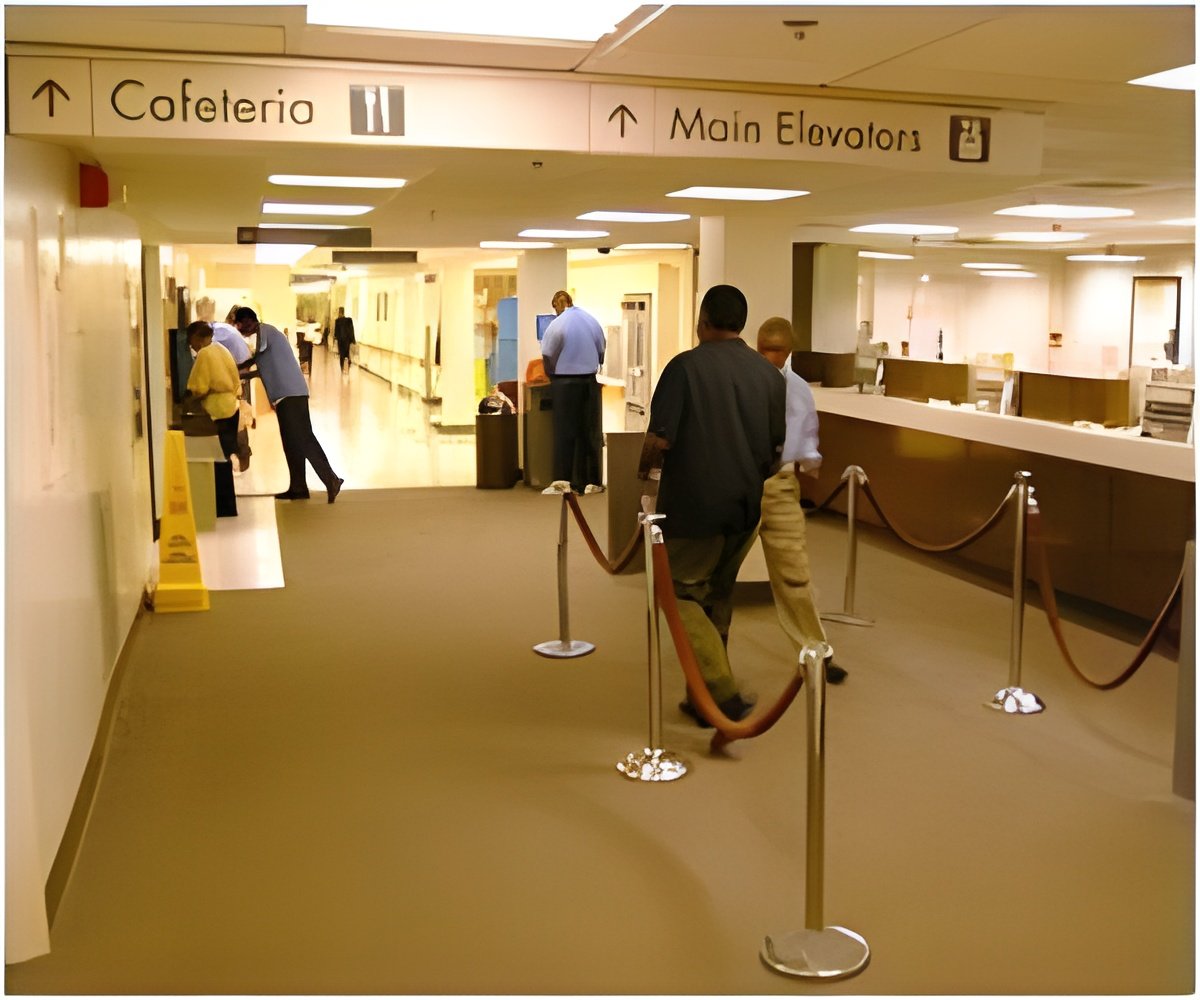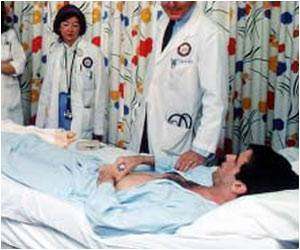
In the first multi-state study of children’s and non-children’s hospitals, assessing pediatric readmission and revisit rates – being admitted into the hospital again or visiting the emergency room within 30 days of discharge – for common pediatric conditions, UCSF researchers found that diagnosis-specific readmission and revisit rates are limited in their usefulness as a quality indicator for pediatric hospital care.
The study found that when comparing hospitals’ performance based on revisits, few hospitals that care for children can be identified as being better or worse than average, even for common pediatric diagnoses.
“As a national way of assessing and tracking hospital quality, pediatric readmissions and revisits, at least for specific diagnoses, are not useful to families trying to find a good hospital, nor to the hospitals trying to improve their pediatric care,” said Naomi Bardach, MD, an assistant professor of pediatrics at UCSF Benioff Children’s Hospital and lead author. “Measuring and reporting them publicly would waste limited hospital and health care resources.”
The work will be published in the September issue of journal Pediatrics.
Using a multistate database called the State Inpatient and Emergency Department Databases, sponsored by the U.S. Department of Health & Human Services, the researchers looked at 958 hospitals admitting children, which were mostly large or medium-sized, and urban. Focusing on seven common inpatient pediatric conditions – asthma, dehydration, pneumonia, appendicitis, skin infections, mood disorders and epilepsy – the researchers then calculated the rates of readmissions and revisits to the hospital within 30 and 60 days of discharge, broken down by the condition for which they were treated.
Advertisement
“With average 30-day readmission rates hovering around 5 percent, there is little space for a hospital to be identified as having better performance,” said Bardach.
Advertisement
- Asthma – One performed better than average and four performed worse;
- Appendicitis – Two performed better than average and two performed worse;
- Pneumonia and dehydration – no hospitals were better or worse than all the other hospitals; and
- Seizures – Only one hospital of more than 600 was different than average, performing worse than the others.
The researchers suggest that to improve pediatric readmissions or revisits as a quality measurement, patients admitted with similar diagnoses could be looked at as a group, to increase the sample size at each hospital and lead to the identification of more outliers. “That has the potential to improve the usefulness of readmission rates as a quality indicator,” said Bardach.
Source-Eurekalert









